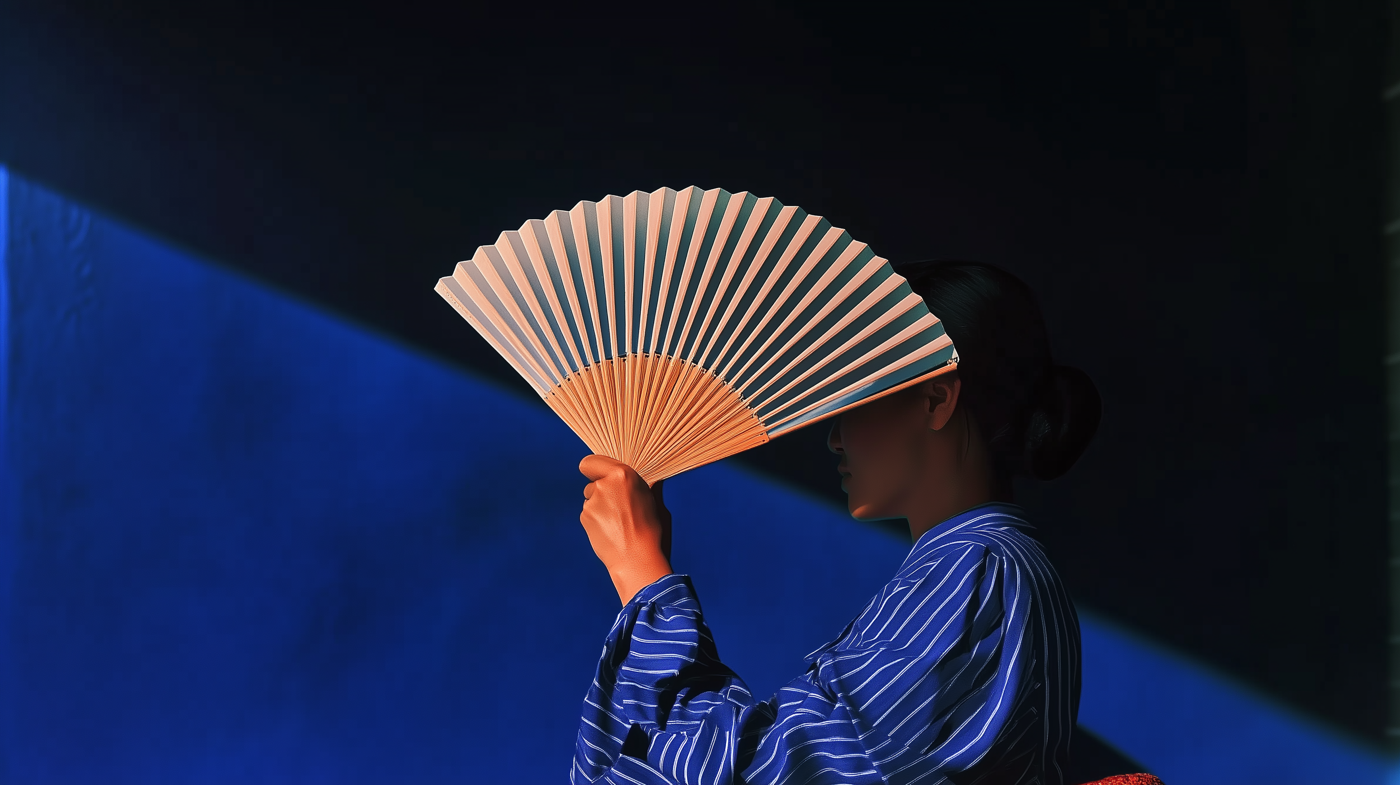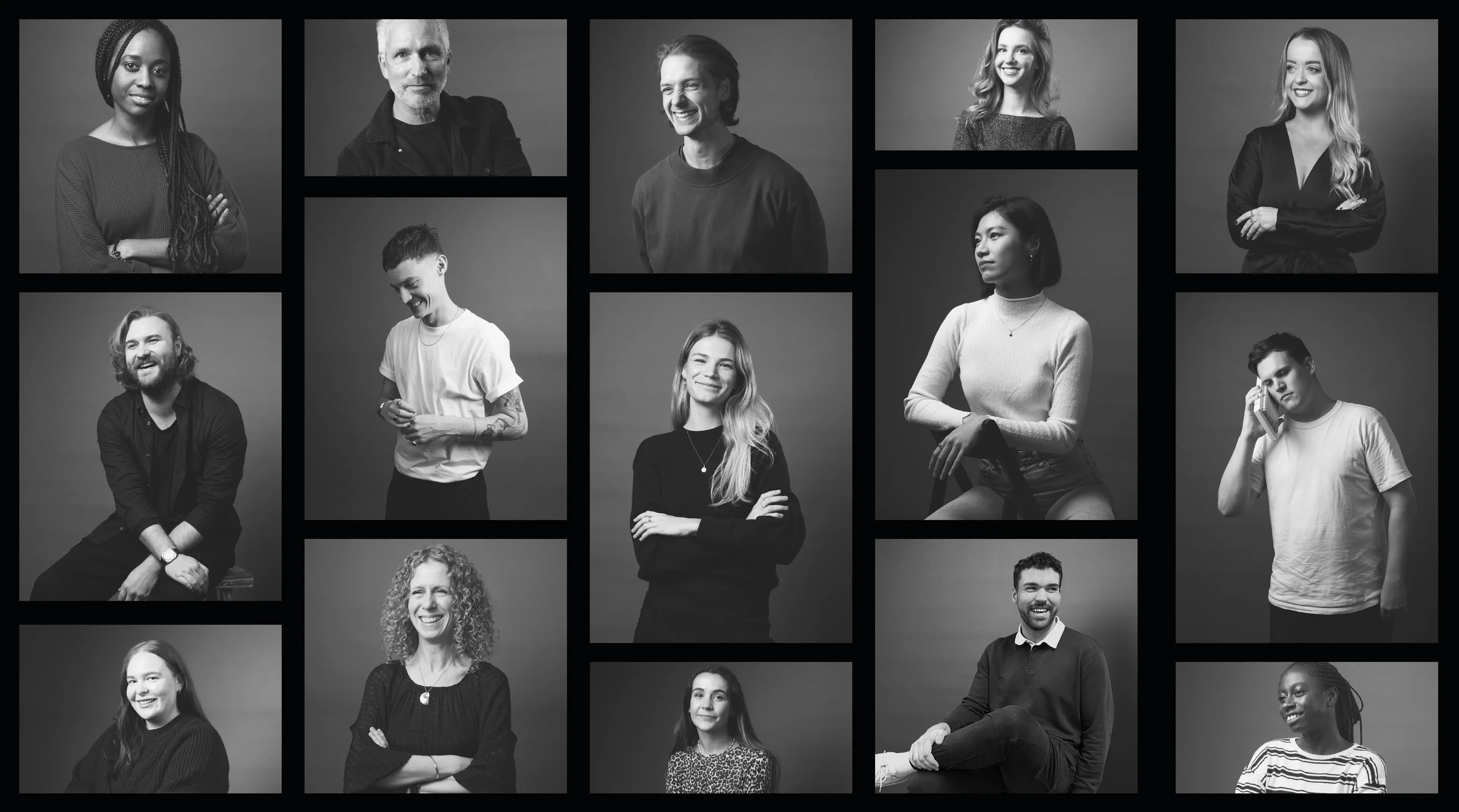
Retail & Luxury Goods
1 Jun 2022
8 Min Read
Sartorial Metamorphoses: The Evolution of Menswear
With a fleeting glance, the metamorphosis of menswear is perhaps, at best, limited and irrelevant at worst. Yet a new retrospective curated by the V&A exhibits that this is not at all the case. Charting masculine style from antiquity to modern day, the gallery shows us how history influences our present and encourages us to consider how it will inform our future.
““It’s time to celebrate a man who is free to practise self-determination, without social constraints, without authoritarian sanctions, with suffocating stereotypes.””
Retail & Luxury Goods



